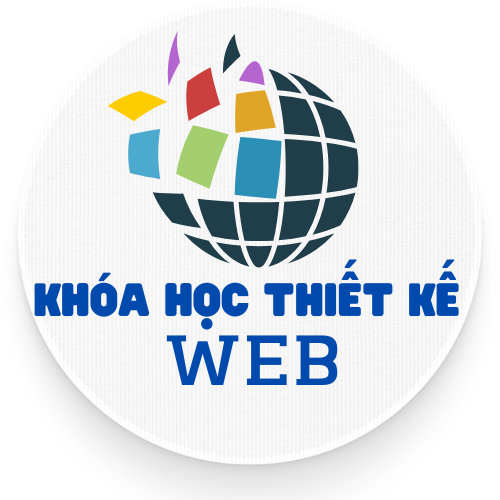international enterprises, telecommunication titans, and innovative sponsorship models. This complex web produced more than 4.5 billion euros yearly during the 2023-2025 cycle, with sponsorship contributions accounting for over a quarter of aggregate income as reported by industry analysts[1][10][11]. https://income-partners.net/
## Core Revenue Pillars
### 1. Championship Sponsorships
The continent’s top-tier football tournament functions as the financial linchpin, attracting 12 global partners such as the Netherlands-based beverage giant[8][11], the interactive entertainment leader[11], and Qatar Airways[3]. These agreements jointly generate €606.33 million each year through centralized deals[1][8].
Notable commercial developments encompass:
– Commercial spread: Transitioning beyond alcoholic beverages including digital payment platforms[2][15]
– Regional activation packages: Tech-driven advertising solutions throughout growth economies[3][9]
– Gender-equitable sponsorship: Sony’s dual commitment covering both UCL and Women’s EURO[11]
### Media Rights Supremacy
Broadcast partnership deals constitute the predominant income source, generating 2.6B euros each fiscal cycle exclusively from Champions League[4][7]. The European Championship media deals exceeded previous records via agreements with 58 global networks[15]:
– UK terrestrial networks capturing 24.2M peak viewership[10]
– Middle Eastern media group[2]
– Asian broadcasting specialist[2]
Technological shifts encompass:
– Digital service provider expansion: Disney+ Hotstar’s Asian strategy[7]
– Hybrid distribution models: Concurrent platform streaming via broadcast and online avenues[7][18]
## Financial Distribution Mechanics
### Participant Payment Systems
The governing body’s distribution mechanism directs 93% of net income toward sport development[6][14][15]:
– Meritocratic allocations: Tournament victors receive up to €120M[6][12]
– Development grants: over 200 million euros yearly for lower-tier teams[14][16]
– Territory-based incentives: UK-based participants secured record-breaking national contracts[12][16]
### 2. National Association Funding
UEFA’s development initiative channels two-thirds of championship revenue through:
– Facility upgrades: German accessibility enhancements[10][15]
– Next-gen player initiatives: Bankrolling talent pipelines[14][15]
– Women’s football investments: 30% player revenue mandates[6][14]
## Emerging Challenges
### 1. Financial Disparity
UK football’s monetary supremacy nearly doubles continental rivals’ earnings[12], fueling performance disparities. UEFA’s financial fair play attempt to bridge such discrepancies by:
– Compensation restriction models[12][17]
– Transfer market reforms[12][13]
– Boosted development allocations[6][14]
### 2. Ethical Sponsorship Debates
Although producing unprecedented commercial revenue[10], over a sixth of English football backers remain gambling operators[17], sparking:
– Public health debates[17]
– Legislative examination[13][17]
– Public relations challenges[9][17]
Progressive clubs are pivoting toward ethical sponsorship models such as:
– Climate action programs partnering green tech companies[9]
– Community outreach programs backed by fintech companies[5][16]
– Tech education partnerships through hardware producers[11][18]
